Today in Aviation History: July 19th First Flight of the Curtiss XP-55 Ascender
Vintage Aviation News
JULY 19, 2025
In response, Curtiss developed the XP-55 as a radical canard configuration aircraft, featuring a horizontal stabilizer at the nose. Its vertical stabilizers were integrated into the wingtips, while its single engine—an Allison V-1710-95 producing 1,275 horsepower—was mounted at the rear in a “pusher” configuration.

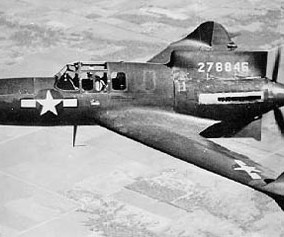
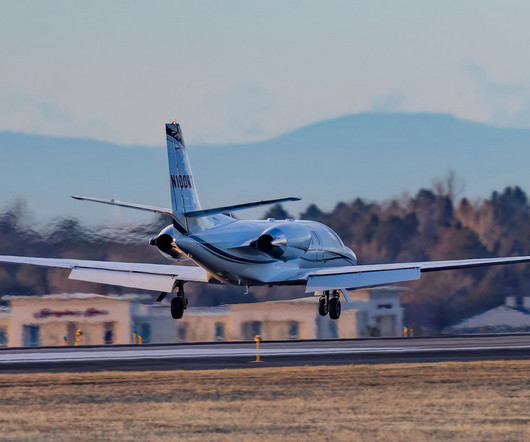
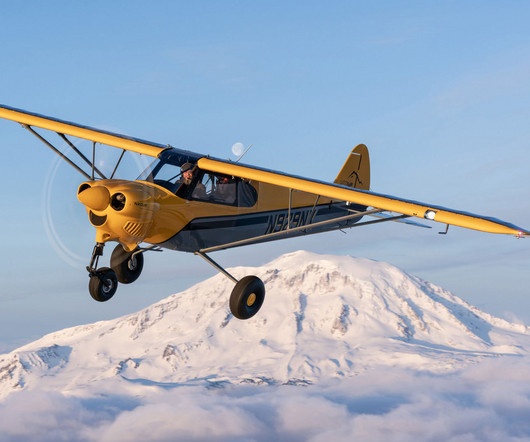
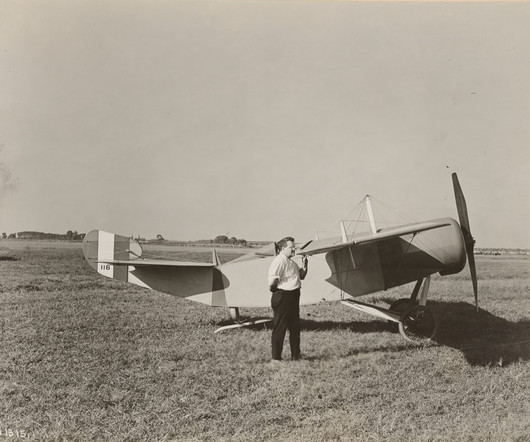
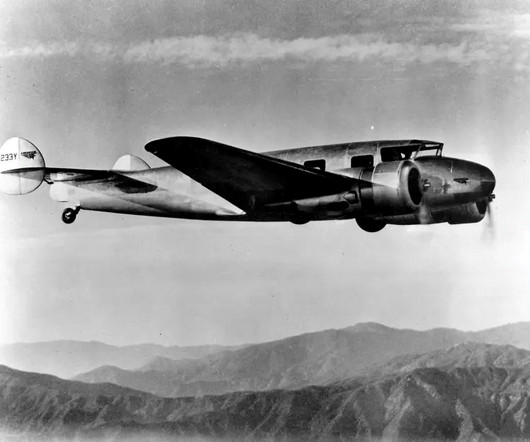











Let's personalize your content